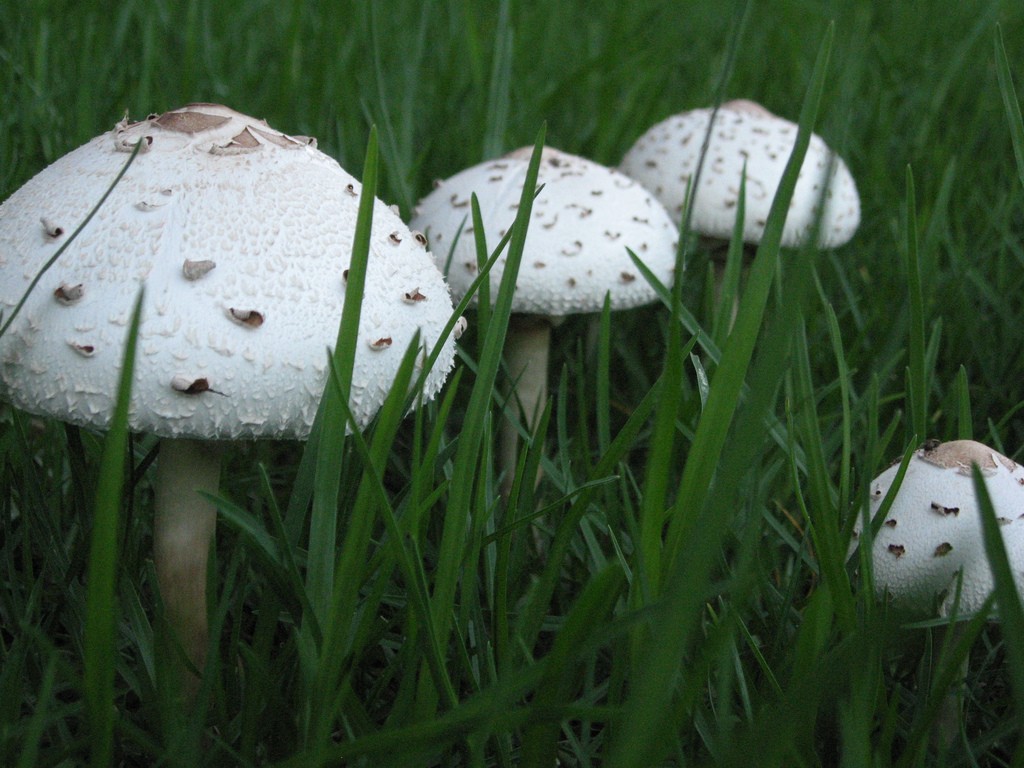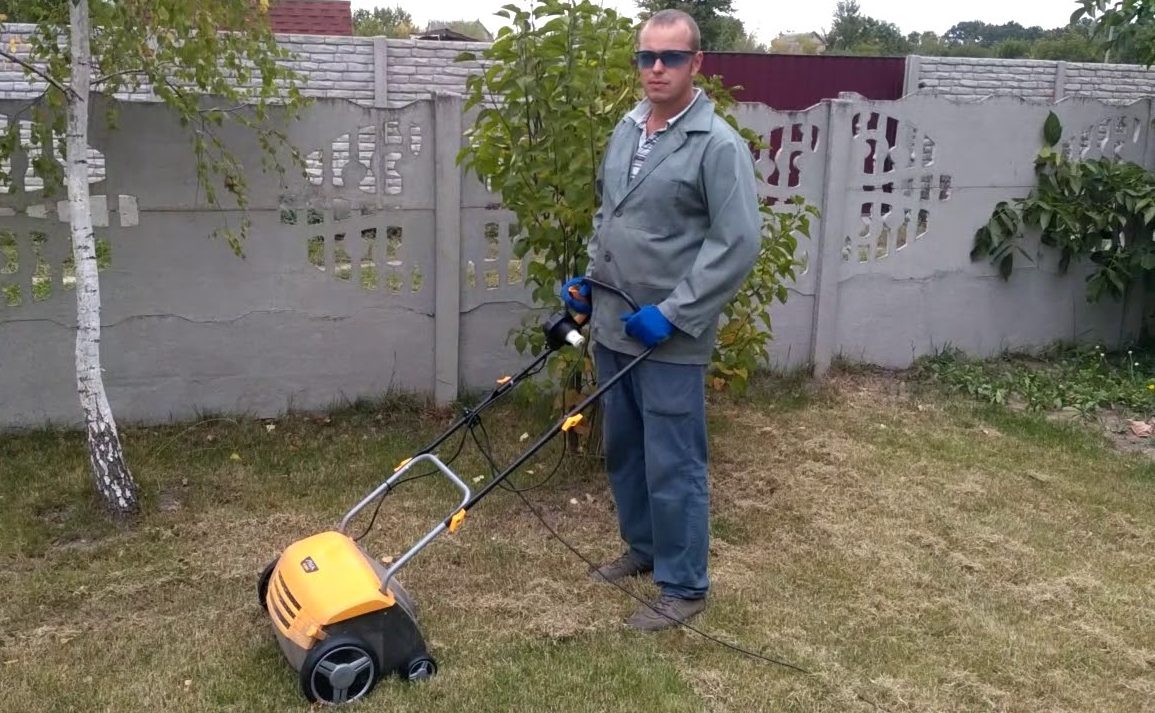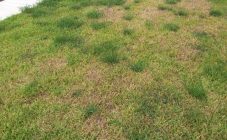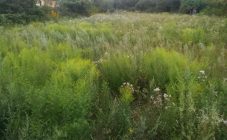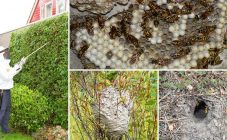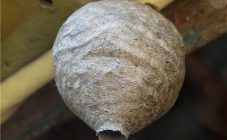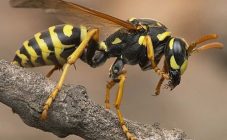Content:
Many owners of summer cottages and cottages often face the problem of yellowing of the lawn grass, or even the appearance of mushrooms on it. This can happen unexpectedly, even if the lawn is regularly maintained. This trouble can happen both in late spring, when the first warmth comes, and closer to autumn, when the rainy and cold season comes. Why does this happen, why do mushrooms grow and how to "remove" toadstools from the lawn? What to do if mushrooms appear on the lawn? Do I need to delete them myself? This article will help you understand all the nuances.
Mushrooms on the lawn: reasons and prerequisites for the appearance
What types of mushrooms can grow on the site? In the best case, it will be champignons or other edible mushrooms, whose spores somehow got into the soil, they can simply be collected and thrown away or eaten. But most often grebes grow on the lawn, which can be very dangerous. In no case should you leave them to grow further, especially if the family has pets and children. Definitely, poisonous mushrooms must be gotten rid of and destroyed.
Many people wonder why mushrooms grow on the lawn and the lawn turns yellow. Possible reasons are:
- sowing low-quality mixtures or laying too cheap lawn - they may contain mycelium (it should be noted that more often mushrooms grow on a roll lawn);
- animal urine. It is because of her that the cover can turn yellow, since it contains nitrogen;
- improper care. The lawn can turn yellow from insufficient or too frequent watering, as well as from an excess or lack of nutrients. Also, stagnant water in the area provokes the appearance of fungi;
- fertilization of the site with peat. Laying peat soil under the lawn can also provoke the growth of fungi;
- poor circulation of moisture and air;
- there is also the possibility that the mycelium was simply brought by the wind from neighbors or from a nearby forest.
How to remove mushrooms on the lawn
What to do if toadstools on the lawn still grow? How to get rid of mushrooms on your lawn? There are many different options for how to deal with the problem, which it is advisable to use together with each other.
Microclimate change
First of all, in order for the mushrooms to become uncomfortable on the site, you need to create an unfavorable climate for them. To do this, you need to do the following:
- mow the lawn as it grows in those areas where the mycelium grows;
- reduce the amount of watering so that no excess water remains in the ground;
- regularly remove from the site all vegetation that is susceptible to rotting, namely, stumps from dead trees, organic debris, foliage and rotten roots;
- remove animal excrement and limit their further appearance on the lawn;
- increase the level of lighting of the site, plant nearby trees and shrubs.
Aeration and scarification
These treatments involve removing the topsoil and piercing it for improved water, mineral and oxygen absorption. Aeration can be carried out with a simple rake or with devices specially designed for this. They do it in early spring, and then regularly after every second mowing of the lawn.Scarification is necessary for better access of air and water to the depth; it is carried out in the spring at the beginning of the summer cottage season, then again at the beginning of autumn.
As for the special devices for this procedure, there are the following:
- electric aeronauts. They work very efficiently, but they are also quite expensive. The process with such a device is fully automated and it is much easier and more pleasant to work with it than with a conventional rake;
- gasoline aeronauts. Today they are considered the most convenient and effective. They work in the same way as electric ones, but do not require a network connection, which allows you to move freely around the site during operation.
Liming and sanding
During liming, the soil is enriched with limestone, which reduces the acidity of the soil, preventing fungi from growing on it and contributing to their destruction. This measure should be taken at the end of autumn.
Sanding consists in spreading sand on the surface of the earth in a layer of 3 mm, you can also mix it with lime. This procedure helps to create the correct drainage system that will not allow moisture to stagnate in the bowels.
Manual collection
The procedure is painstaking and not always pleasant, but still, if you do it regularly, the number of mushrooms will gradually decrease and eventually come to naught. It is necessary to go around the entire area and pull out every mushroom found.
Application of fungicides and fertilizers
To clean the lawn, you need to use fertilizers containing nitrogen, they will help to reduce the number of growing mushrooms. Fungicides are intended for spraying mushroom colonies, but they do not help for long. It is better to lay them deep in the ground around the growing myceliums.
Folk ways
Among the popular methods for exterminating mushrooms is the method of using antiseptic drugs. They can also help get rid of the problem. To do this, you need to dilute one of the products below in 10 liters of water and pour the entire area with it from a long watering can:
- 20 grams of copper sulfate powder 0.2%;
- 100 grams of ferrous sulfate;
- 4 tablespoons of regular dishwashing liquid.
All these measures are aimed at achieving complete disposal of brown toadstools.
But there are also extremely neglected cases of lawn infection, which require special additional measures, namely, serious soil treatment. The main signs of this are as follows:
- some areas are too dry;
- even worse, they darkened;
- and the most unpleasant thing is that part of the lawn has completely ceased to have vegetation.
Such sites are popularly called "witch circles", they portend a big problem. Ideally, in such a situation, it is necessary to remove the top layer of soil (from 10 cm or more), then fertilize it well and, only after making sure that the mycelium no longer lives on the site, you can sow a new lawn. Further, one should only carry out good care, carrying out the prevention of yellowing of the lawn and the growth of new mushrooms.
This is, perhaps, everything you need to know about the causes of the appearance of mushrooms on the lawn and about the measures that will help to avoid this in the future. The main thing is to properly care for the site and maintain order on it.
